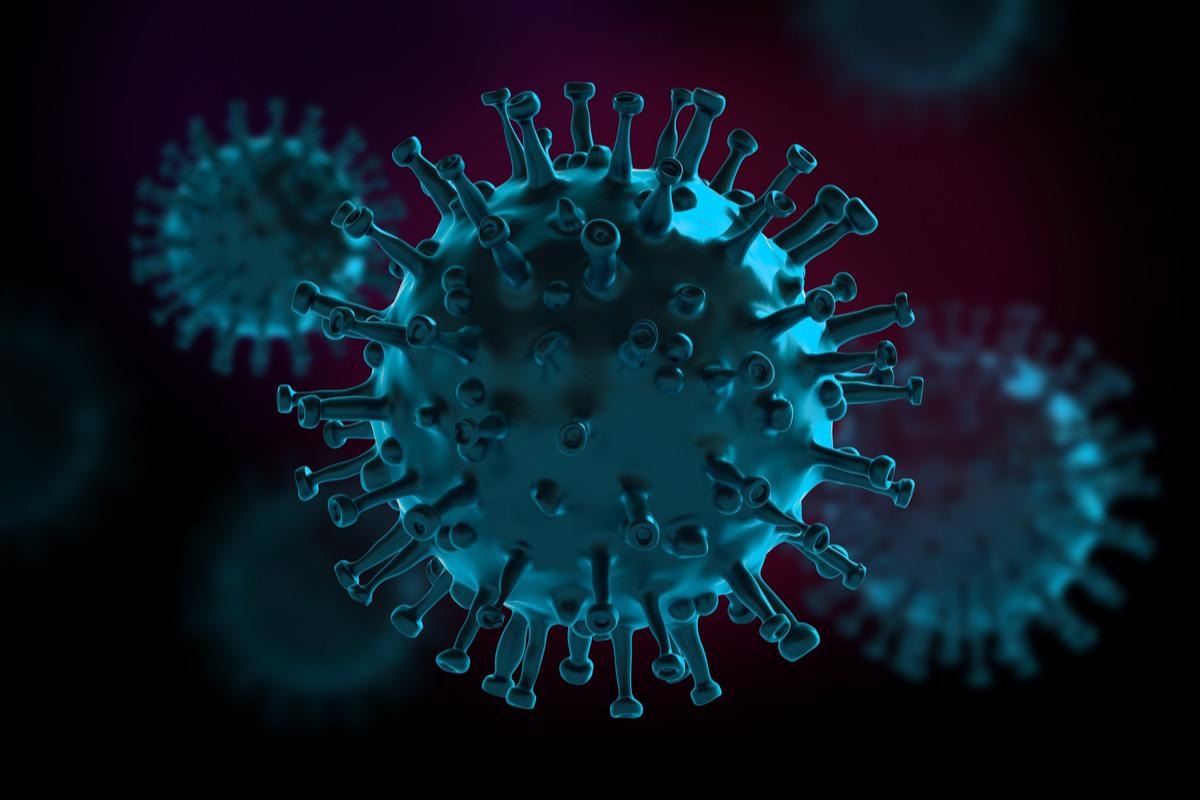Morphological analysis of viruses enables the diagnosis of many types of viral diseases and can help in comparing new viral species with previously known viruses. Despite the global public health crisis caused by the severe acute respiratory syndrome coronavirus 2 (SARS-CoV-2) pandemic, the morphology and ultrastructure of the virus are not completely understood.
 Study: Three-dimensional reconstruction by electron tomography for the application to ultrastructural analysis of SARS-CoV-2 particles. Image Credit: Creative_Bird/Shutterstock
Study: Three-dimensional reconstruction by electron tomography for the application to ultrastructural analysis of SARS-CoV-2 particles. Image Credit: Creative_Bird/Shutterstock
As this deadly virus continues to spread globally and affect millions of lives, it is imperative to improve the fundamental understanding of the morphology and ultrastructure of SARS-CoV-2.
Electron microscopy (EM), in particular, transmission electron microscopy (TEM), is a powerful tool in the arena of molecular biology. Pathologists use TEM to investigate the tissues of coronavirus disease 2019 (COVID-19) patients because it allows the visualization of SARS-CoV-2, helping its rapid detection in the samples collected from these patients. However, the “virus-like particles” found in several organs of COVID-19 patients have remained unidentified, as most pathologists are not familiar with ways to analyze viral particles and subcellular structures. The use of these techniques could significantly improve information about the viral structure and function.
Researchers of a work posted to the journal Medical Molecular Morphology analyzed the three-dimensional (3D) morphological structure of SARS-CoV-2 particles using conventional transmission electron microscopy (TEM) and reconstructed the images by electron tomography (ET). Subsequently, they obtained new information on the viral ultrastructure and morphology.
Study design
The researchers propagated the SARS-CoV-2 isolate JPN/TY/WK-521 in Vero E6/TMPRSS2 cell cultures. The SARS-CoV-2-infected cells were pelleted from these cell cultures and fixed. They used ultrathin sections of 100nm containing SARS-CoV-2 particles for analysis by conventional TEM with ET. The use of ET to study the 3D morphology of viruses enables in situ observation of the behavior of virions in target biological tissues or infected cells.
Morphological findings
In the 3D images obtained by TEM and the sliced sequential ET images, viral particles of diameters between 100 and 120nm were visible and showed high-electron-density cores in these images. These particles were labeled SARS-CoV-2 virions because they were found only in the infected Vero E6/TMPRSS2 cells and not in the uninfected cells. These virions were observed in vacuoles (large circular vesicles) and at the cell membrane surfaces and all of them appeared to have identical morphological structures. In addition, images showed the budding of the nucleocapsid in the membranes of vacuoles containing structural proteins, which formed circular viral particles.
The findings show that the morphology of SARS-CoV-2 particles in the vacuoles of the infected cells is the same as the viral particles at the cell surface, and both of these are mature viral particles. Budding occurs only inside the vacuoles, not on the cell surface, and immature virus particles were present in vacuoles, not outside the cell membrane.
Taken together, these findings help understand the cell-to-cell propagation of SARS-CoV-2 inside the host. It begins with the fusion of SARS-CoV-2 virions-containing vacuoles with the cell membrane of the infected host cell, which is followed by the release of mature viral particles outside the cell to infect other cells.
Conclusion
To conclude, the study findings provide new insights into cell-to-cell propagation and transmission of SARS-CoV-2. These findings could help develop prophylactic agents against SARS-CoV-2 that would inhibit viral release from vacuoles to control infection.
The researchers present a detailed ET method that would specifically help researchers understand the end-to-end infection cycle of SARS-CoV-2 and the mechanism of adhesion and infection of SARS-CoV-2 virions. It also establishes that among all in situ techniques, TEM and ET are the best methods to visualize virions found in the tissues of virus-infected patients. Such visualization could demonstrate how SARS-CoV-2 replicates outside the respiratory tract.
Further, the evidence presented by the study in the form of 3D morphological images supports previous findings showing SARS-CoV-2 particles budding inside the vacuoles of host cells are morphologically identical to those located outside of cells. As both these particles are mature viral particles, they are capable of infecting other cells.
This study is a first-of-its-kind report on the applicability of ET-generated reconstructed 3D images of the morphological structure of SARS-CoV-2 particles to plastic-embedded specimens. This new information gives valuable insights into the viral structure and the high-electron-density structure of the nucleocapsid in virions. This could help reexamine the morphologies of the viral specimens collected during pathological sampling in the future.